

— Blogs —
—Products—
 Consumer hotline +8618073152920
Consumer hotline +8618073152920 WhatsApp:+8615367865107
Address:Room 102, District D, Houhu Industrial Park, Yuelu District, Changsha City, Hunan Province, China
Product knowledge
Time:2025-07-31 20:36:08 Popularity:856
Wind speed and direction measurement plays a vital role in fields such as meteorology, agriculture, transportation, aviation, and environmental protection. Currently, there are two main types of wind sensors on the market: mechanical anemometers and ultrasonic wind sensors. This article will introduce the working principles of these two types of sensors, compare their advantages and disadvantages, and recommend products suitable for different application scenarios.
A mechanical anemometer is a traditional instrument for measuring wind speed and direction, typically using physical rotating parts (such as cups or weather vanes) to detect wind motion. Common types include cup anemometers and weather vanes. A cup anemometer usually consists of three or four hemispherical cups mounted on a vertical axis, which rotate as the wind blows. The rotational speed of the cups is proportional to the wind speed. The weather vane measures wind direction by pointing in the direction of the wind. Mechanical anemometers are widely used in fields such as meteorology, agriculture, aviation, and marine environments due to their simple structure and low cost.
For example, the NBL-W-SS anemometer uses a traditional three-cup structure made of carbon fiber material, which is strong and has a low start-up wind speed. It contains a built-in signal processing unit that outputs various wind speed signals. The NBL-W-DS wind direction sensor uses a high-precision magnetic-sensitive chip combined with a low-inertia ABS weather vane, offering good dynamic response and lightning resistance, making it suitable for various environments.
An ultrasonic wind sensor is an advanced, non-mechanical device for measuring wind speed and direction. It works by utilizing the time difference in the propagation of ultrasonic waves through the air. Typically, it consists of multiple ultrasonic transducers arranged in a fixed geometric pattern (e.g., triangle or square) that send and receive ultrasonic pulses. When wind blows through, the propagation time of the ultrasonic waves changes due to the wind speed and direction. The time difference is calculated by a microprocessor to determine the wind speed and direction.
The NBL-W-21GUWS ultrasonic wind sensor is a high-precision digital device that can measure wind speeds (0–60m/s, accuracy ±0.3 +3% FS, resolution 0.01m/s) and wind direction (0–359°, accuracy ±3°, resolution 1°). It supports RS485 output and uses the MODBUS protocol, with low power consumption (0.4W without dust sensor, 1W with dust sensor). It operates in a temperature range of -40 to 80°C and has an IP65 protection rating, making it suitable for harsh environments. Additionally, it can integrate functions such as temperature, humidity, pressure, PM2.5, PM10, and noise monitoring.
| Feature | Mechanical Anemometer | Ultrasonic Wind Sensor |
| Moving Parts | Yes | No |
| Durability | Average (wear and tear) | High (sturdy construction) |
| Maintenance Needs | Yes (requires cleaning and lubrication) | Low (basically maintenance-free) |
| Measurement Accuracy | Medium to High | High |
| Cost | Low to Medium | Medium to High |
| Response Speed | Average | Fast |
| Data Output | Simple signals | Expandable multi-parameters, rich protocols |
| Environmental Adaptability | Average (vulnerable to ice or dust) | Strong (all-weather) |
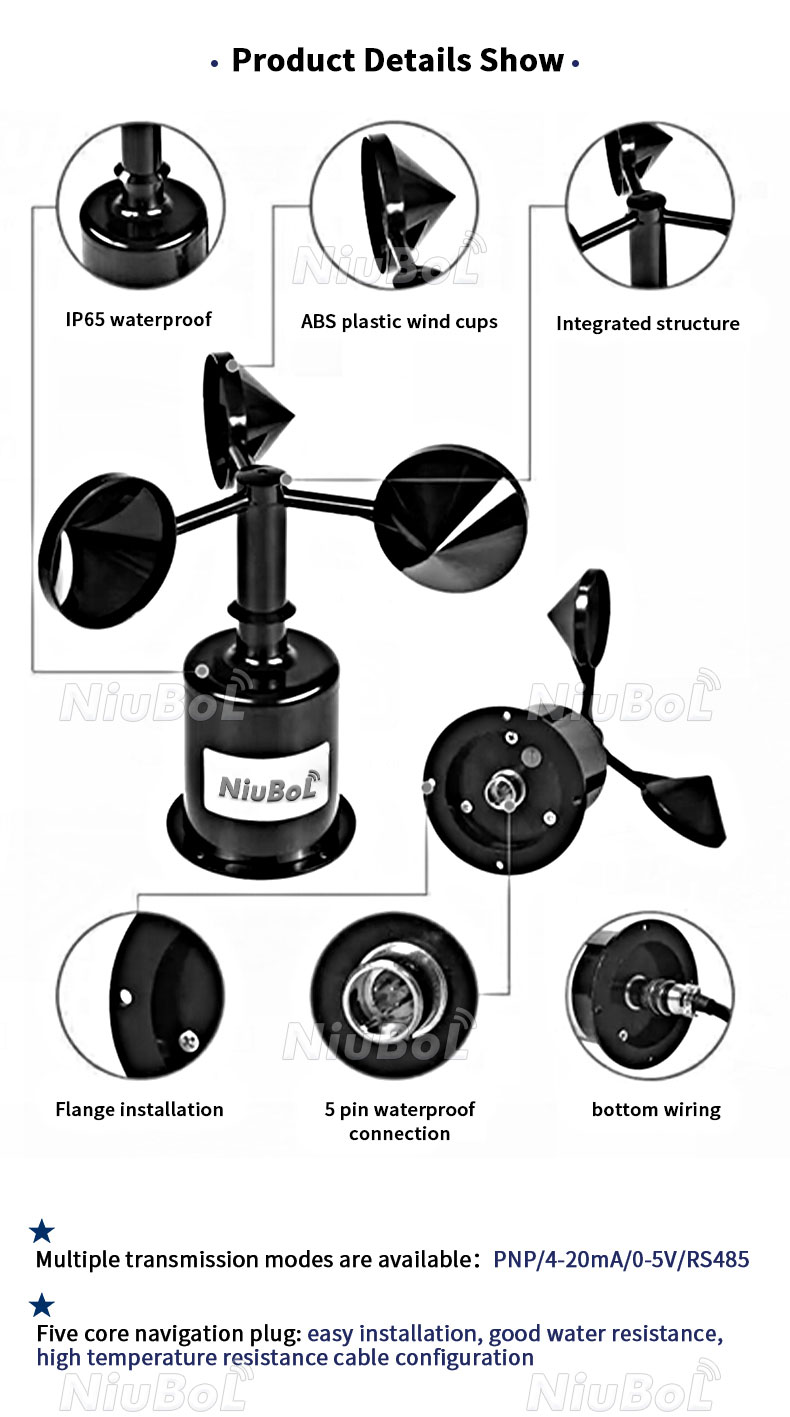
- Mechanical Anemometer: Measures wind speed and direction through the physical rotation of cups or weather vanes. The rotation speed of the cups is converted into an electrical signal using magnetic or optical sensors, which is then used to calculate the wind speed. The weather vane points to the wind direction, providing the necessary data.
- Ultrasonic Wind Sensor: Calculates wind speed and direction based on the time difference in the propagation of ultrasonic pulses. The wind speed affects the speed of sound; when blowing with the wind, the ultrasonic waves propagate faster, while they slow down when blowing against the wind. The microprocessor computes the wind speed and direction based on these time differences.
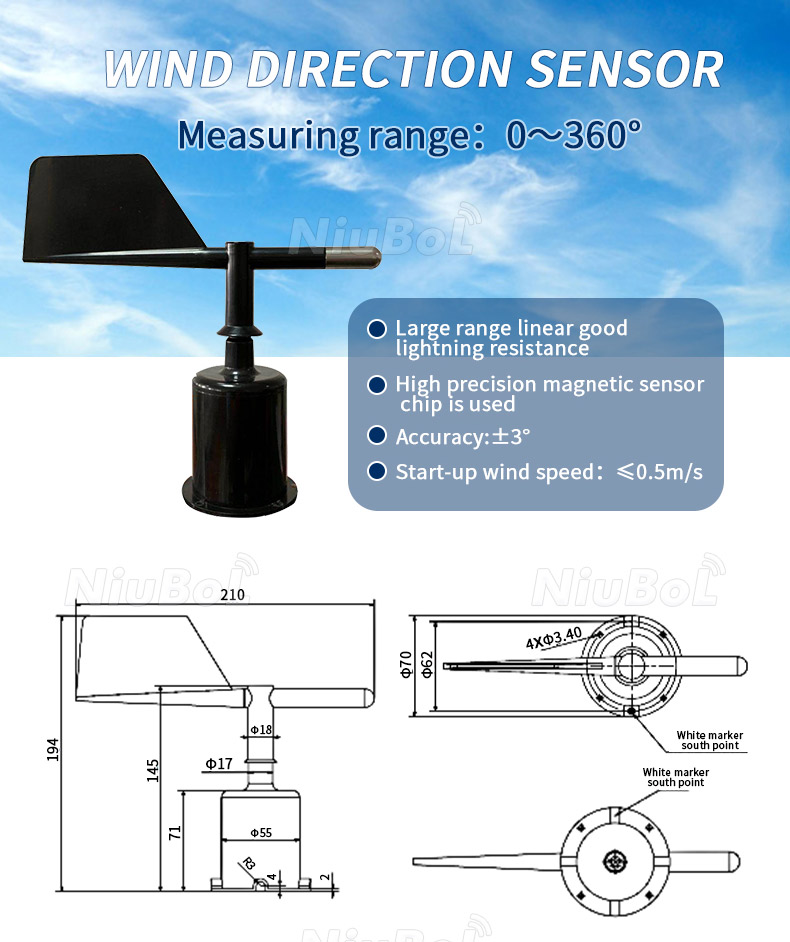
1. Low Cost: Mechanical anemometers (e.g., NBL-W-SS and NBL-W-DS) are inexpensive to manufacture, making them suitable for applications with limited budgets.
2. Low Power Consumption: Many mechanical anemometers have very low power requirements, ideal for remote areas or environments without a stable power supply.
3. Wide Wind Speed Range: For example, NBL-W-SS can measure wind speeds up to 70 m/s, making it suitable for extreme weather monitoring.
Disadvantages of Mechanical Anemometer :
1. Mechanical Wear: Rotating parts (such as cups and bearings) are prone to wear and tear, requiring regular maintenance or replacement, especially in harsh environments (e.g., ice or dust).
2. Slower Response Time: The mechanical inertia leads to slower responses to rapid wind speed or direction changes (such as gusts), which can affect data real-time accuracy.
3. Poor Environmental Adaptability: Freezing, heavy rain, or dust storms may cause the components to seize up or become damaged, impacting measurement accuracy.
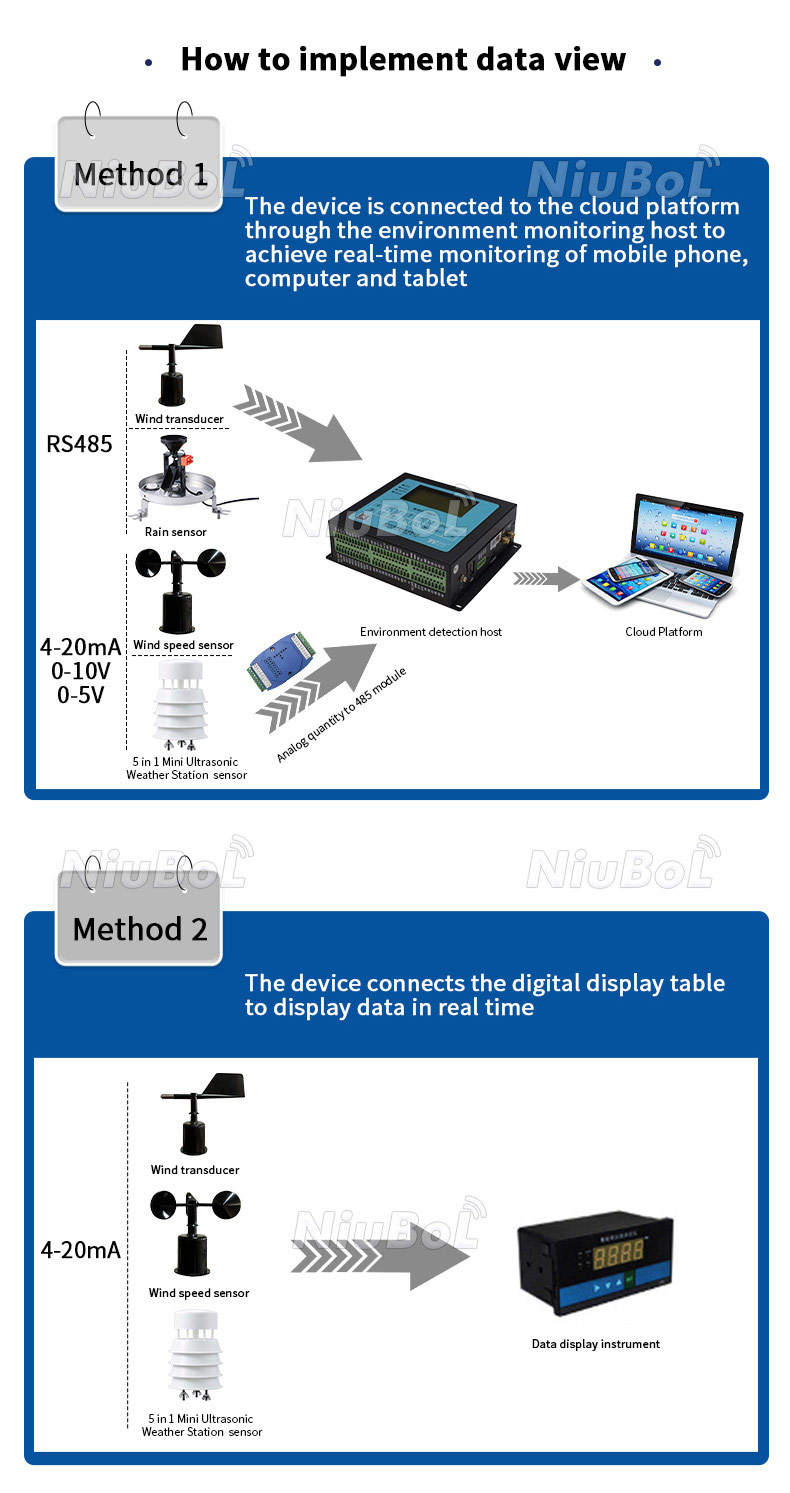
1. High Precision and Fast Response: Ultrasonic sensors (e.g., NBL-W-21GUWS) have no moving parts, which allows them to capture wind speed and direction changes in real-time, making them suitable for high-precision applications (e.g., meteorology, aviation).
2. No Mechanical Wear: The absence of moving parts reduces failure rates, resulting in low maintenance costs and making them ideal for long-term, unattended operations.
3. All-Weather Durability: They can reliably operate in extreme temperatures (-40 to 80°C) and harsh weather (e.g., heavy rain or dust storms) with a high protection rating (e.g., IP65).
4. Multi-Function Integration: Sensors like the NBL-W-21GUWS can integrate temperature, humidity, pressure, PM2.5, etc., making them suitable for smart agriculture and environmental monitoring.
5. 360° No Dead Zone Measurement: They can simultaneously provide both wind speed and direction data without angular limitations, which is ideal for complex wind environments.
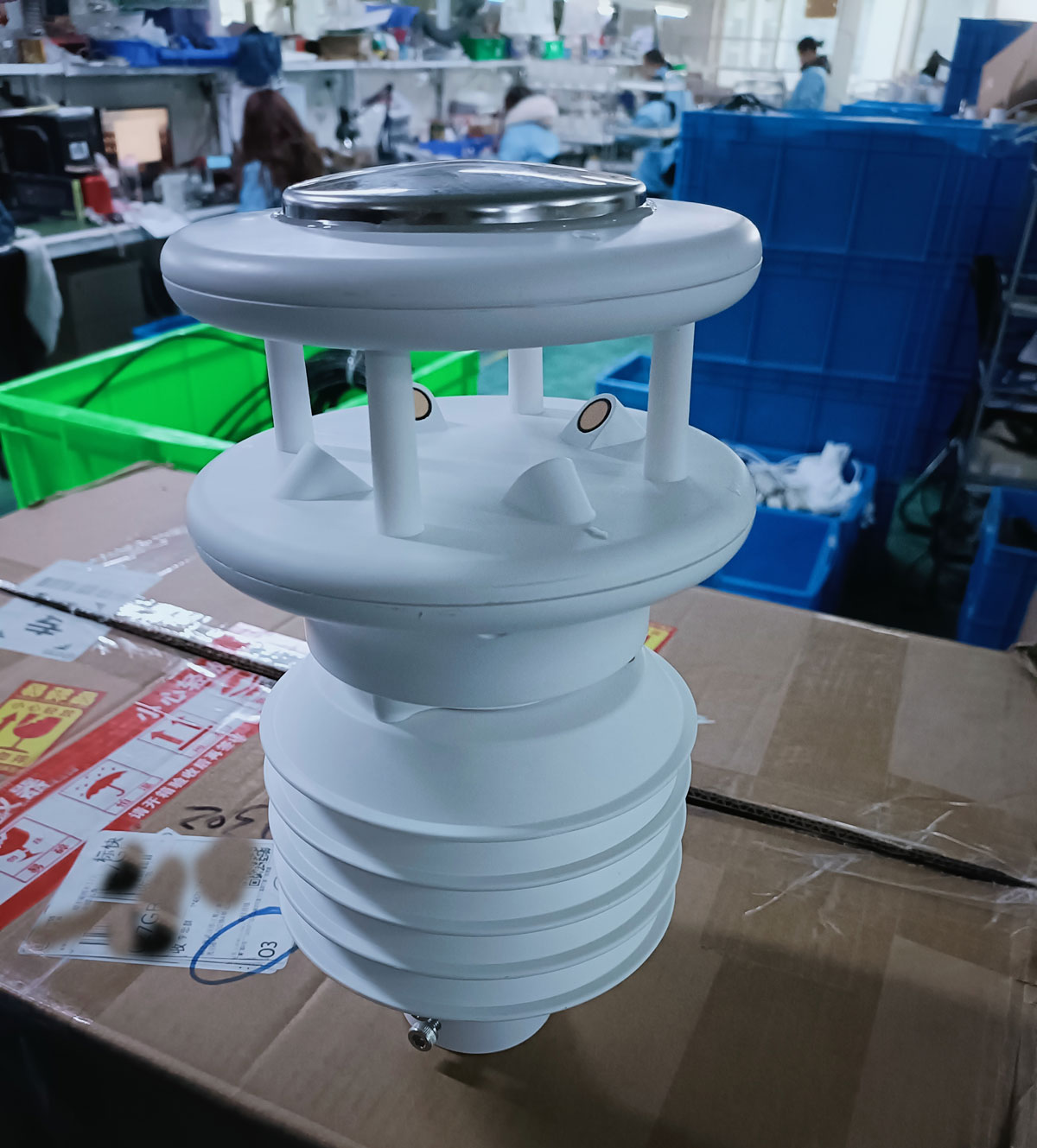
1. Higher Initial Cost: Ultrasonic sensors (e.g., NBL-W-21GUWS) are more expensive due to advanced electronics and signal processing technology.
2. Power Consumption: Continuous power is required (e.g., NBL-W-21GUWS consumes 0.4W–1W), and in remote areas without power supply, solar or battery backup may be necessary.
3. Environmental Interference Sensitivity: Strong rainfall, snow, or lightning may interfere with ultrasonic signals, leading to measurement errors.
4. Complex Calibration: Calibration is usually done in a wind tunnel by the manufacturer, and users cannot adjust the sensor themselves. Repairs or maintenance may result in significant downtime.
Choosing between a mechanical anemometer and an ultrasonic wind sensor depends on the specific application scenario, budget, and maintenance capability:
- Suitable for: Applications with limited budgets, low power requirements, or mild environmental conditions (e.g., agricultural weather stations, ports, traditional meteorological observation).
- Reason: The NBL-W-SS and NBL-W-DS are cost-effective, easy to install, and maintain, making them suitable for long-term use. The NBL-W-SS uses carbon fiber cups with low start-up wind speed, while the NBL-W-DS offers reliable wind direction measurement with a magnetic-sensitive chip and ABS weather vane, with strong lightning resistance. Both sensors are suitable for environments with large wind speed ranges (up to 75 m/s).
- Limitations: Mechanical anemometers may fall short in high-precision or fast-response scenarios (e.g., wind farms or aviation navigation).
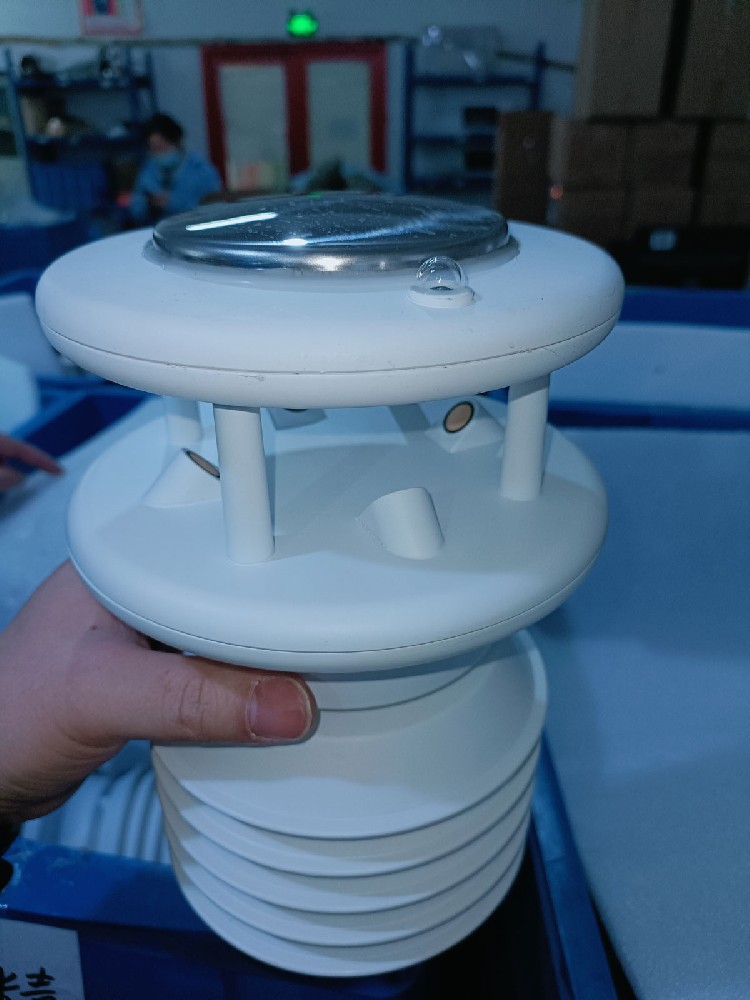
- Suitable for: Applications requiring high precision, fast response, or long-term, unattended operations in complex environments (e.g., wind power generation, meteorological research, aviation, marine monitoring, or integrated environmental monitoring stations).
- Reason: The NBL-W-21GUWS provides high accuracy (wind speed ±0.3 +3% FS, wind direction ±3°) and fast response, with no mechanical wear. It is durable in harsh environments (-40 to 80°C, IP65). Its multi-function integration (e.g., PM2.5, humidity) makes it advantageous for smart agriculture and environmental monitoring. RS485 output and MODBUS protocol facilitate data integration.
- Limitations: The initial cost and power consumption are higher, so ensure a power supply is available.
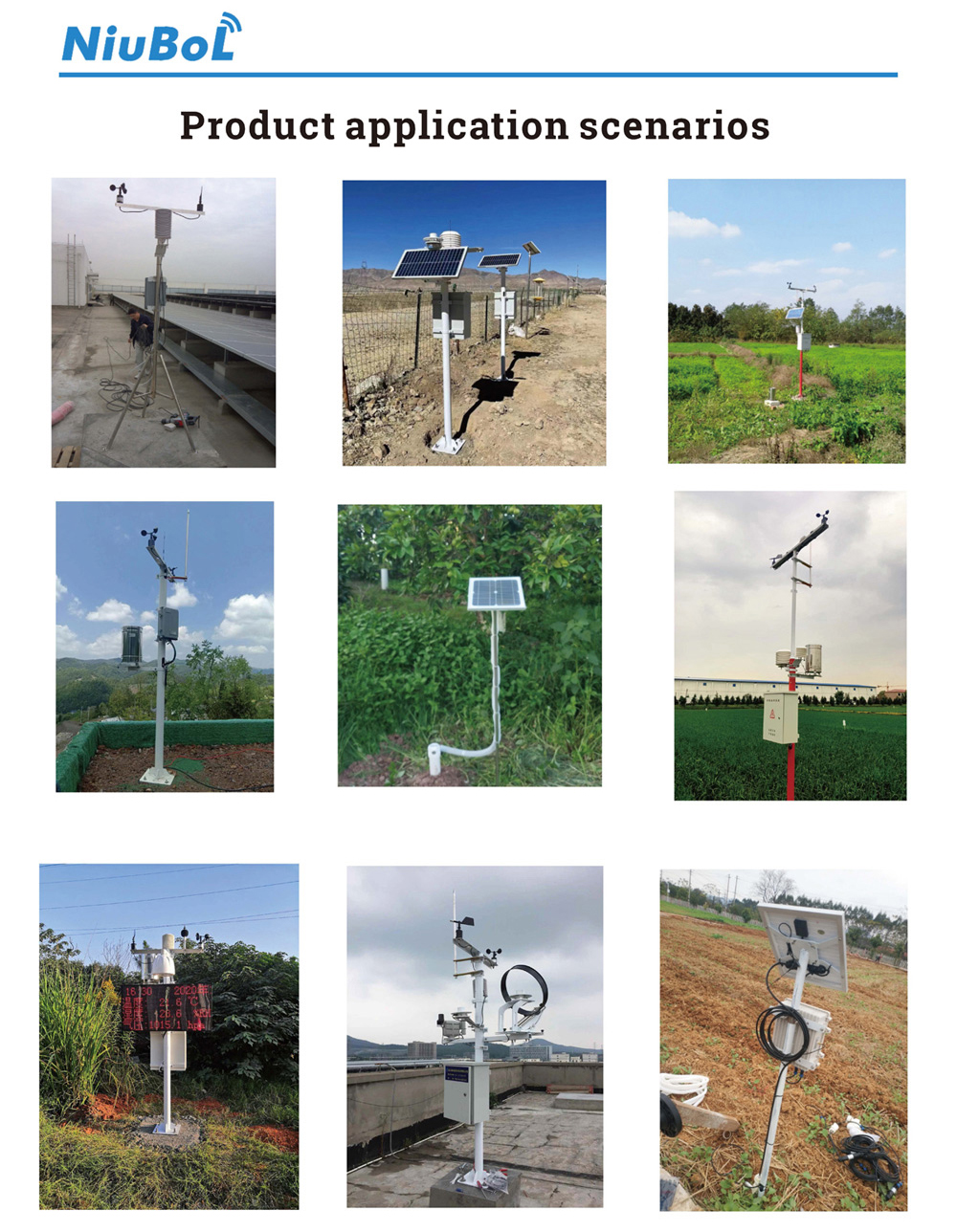
Mechanical anemometers and ultrasonic wind sensors each have their unique advantages and limitations. Mechanical anemometers (e.g., NBL-W-SS and NBL-W-DS) dominate traditional applications due to their low cost, low power consumption, and ease of maintenance. Ultrasonic wind sensors (e.g., NBL-W-21GUWS), however, are increasingly replacing mechanical devices in high-precision applications due
NBL-W-21GUWS-Ultrasonic-Wind-speed-and-direction-Sensor.pdf
Prev:How does a rain gauge work?
Next:11 Types of Sensors for Best Greenhouse Remote Monitoring Systems
Related recommendations
Sensors & Weather Stations Catalog
Agriculture Sensors and Weather Stations Catalog-NiuBoL.pdf
Weather Stations Catalog-NiuBoL.pdf
Related products
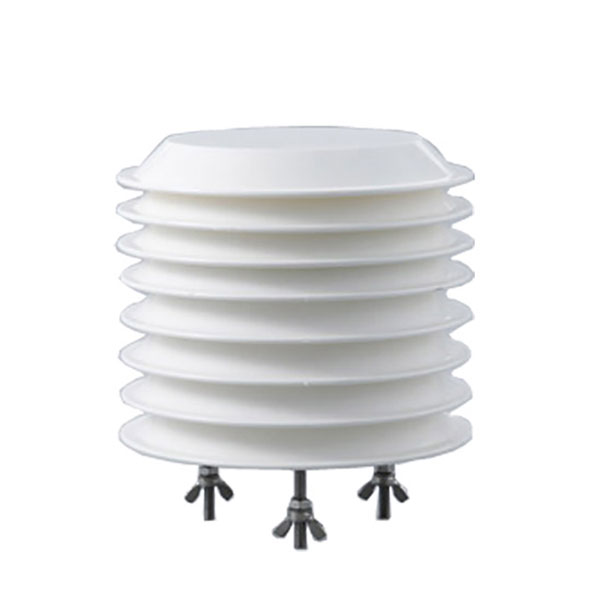 Combined air temperature and relative humidity sensor
Combined air temperature and relative humidity sensor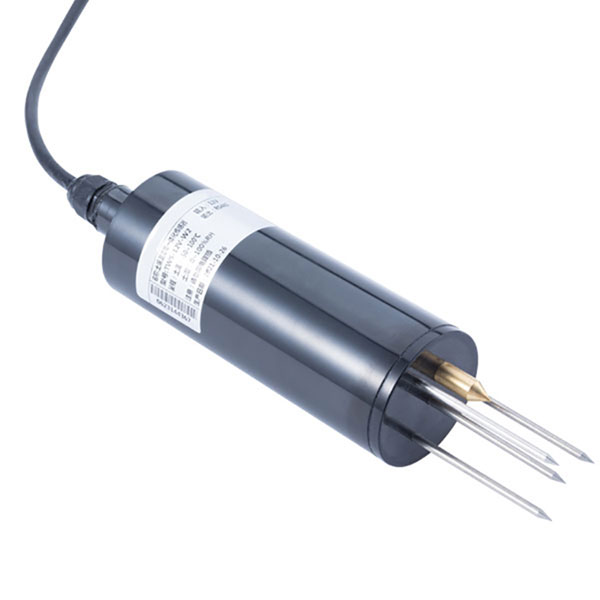 Soil Moisture Temperature sensor for irrigation
Soil Moisture Temperature sensor for irrigation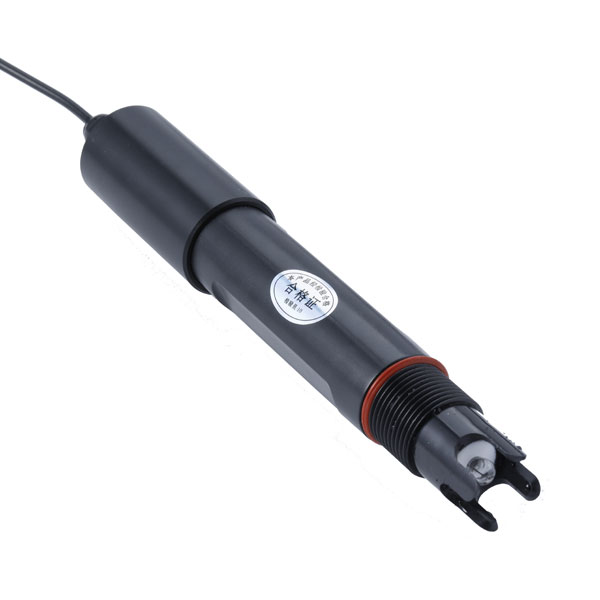 Soil pH sensor RS485 soil Testing instrument soil ph meter for agriculture
Soil pH sensor RS485 soil Testing instrument soil ph meter for agriculture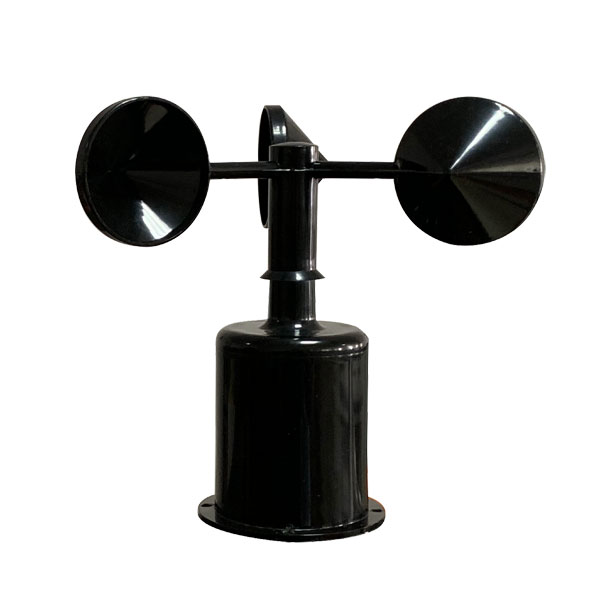 Wind Speed sensor Output Modbus/RS485/Analog/0-5V/4-20mA
Wind Speed sensor Output Modbus/RS485/Analog/0-5V/4-20mA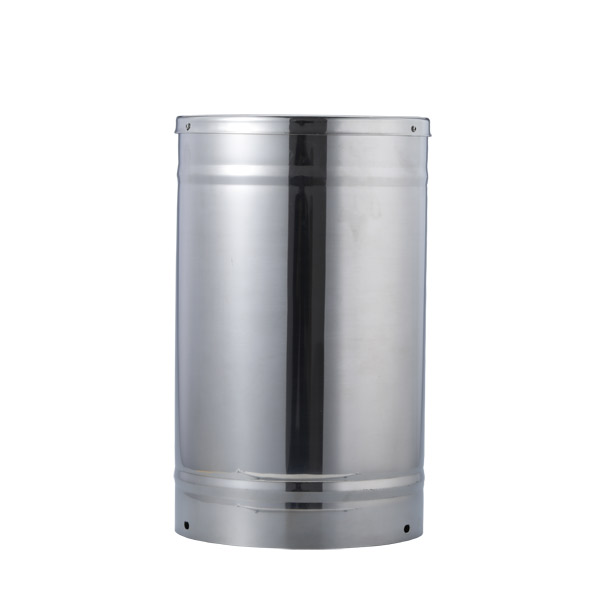 Tipping bucket rain gauge for weather monitoring auto rainfall sensor RS485/Outdoor/stainless steel
Tipping bucket rain gauge for weather monitoring auto rainfall sensor RS485/Outdoor/stainless steel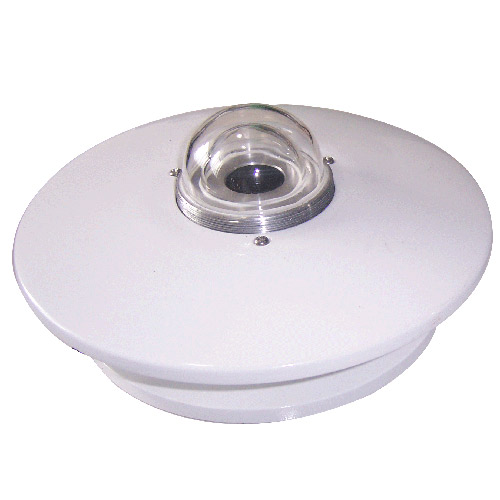 Pyranometer Solar Radiation Sensor 4-20mA/RS485
Pyranometer Solar Radiation Sensor 4-20mA/RS485
Screenshot, WhatsApp to identify the QR code
WhatsApp number:+8615367865107
(Click on WhatsApp to copy and add friends)
